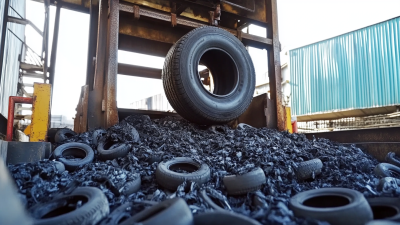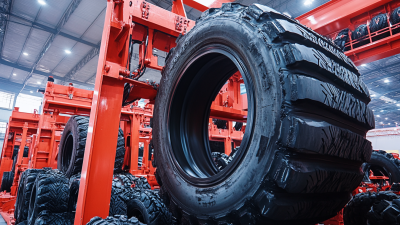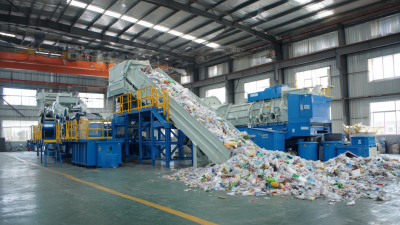Choosing the right Aluminium Alloy Shredder for your business is crucial for maximizing efficiency and ensuring the effective processing of materials. With a multitude of options available, each designed to meet specific operational requirements, it's essential to understand the unique features and capabilities of different shredders. The right choice will not only enhance your workflow but also have a significant impact on your overall production costs and sustainability efforts.
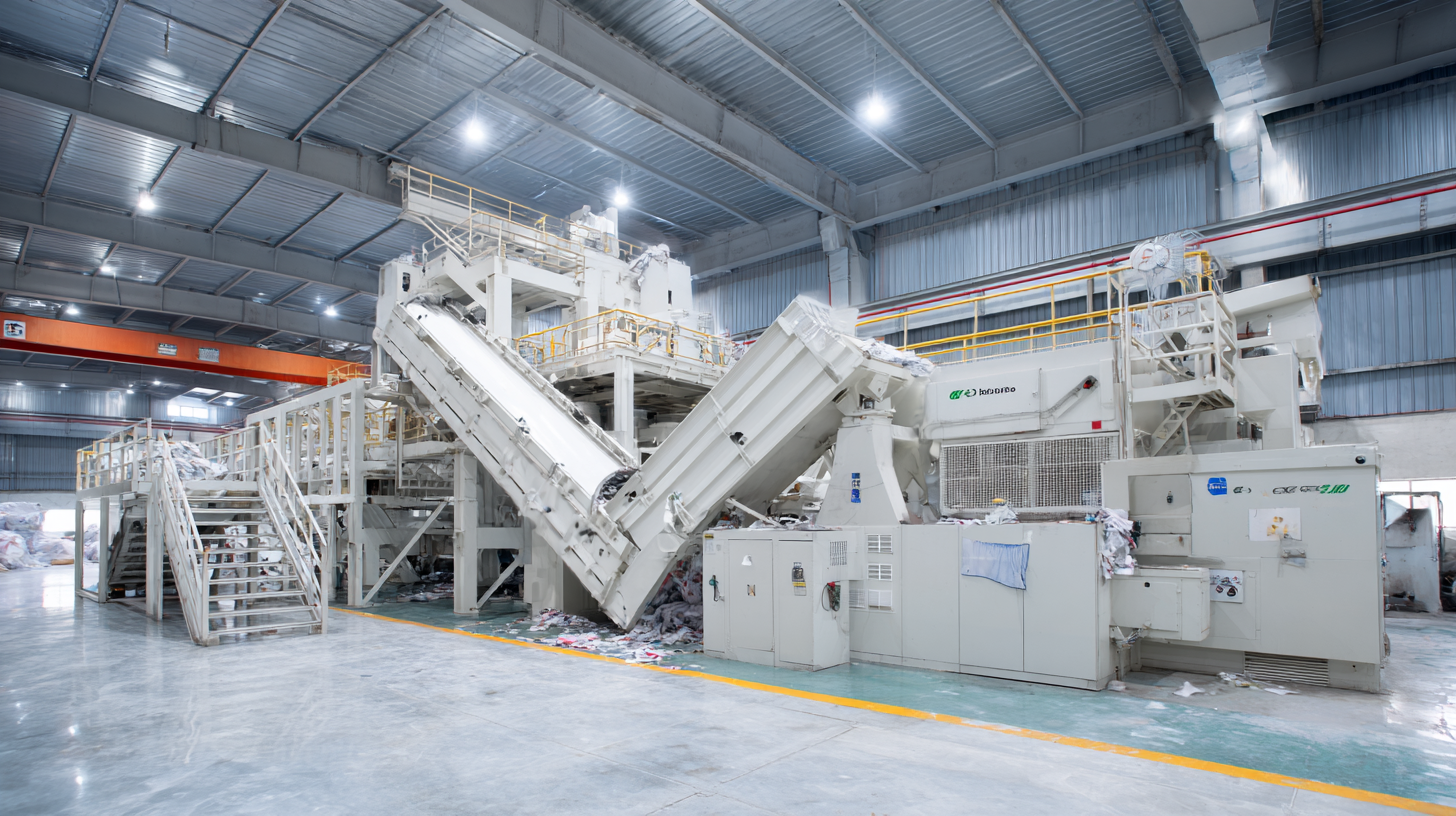
Factors such as the type of aluminium alloys you handle, the desired output size, and the volume of materials processed play pivotal roles in this decision-making process. Furthermore, considering the machine's energy efficiency and maintenance requirements can lead to long-term savings and reliability in your operations.
In this guide, we will explore the key considerations that can help you navigate the complexities of selecting the most suitable Aluminium Alloy Shredder tailored to fulfill your business needs effectively.
When selecting an aluminium alloy shredder, it’s crucial to first identify your business’s specific aluminium processing requirements. Understanding the volume of aluminium waste your business generates is essential; a high-output operation may require heavier-duty shredders that can handle larger quantities and tougher materials. In contrast, smaller operations might benefit from compact models that offer flexibility and efficiency without overwhelming space and resource constraints.
In addition to volume considerations, assessing the types of aluminium alloys being processed is important. Different alloys have varying properties and hardness levels that can affect the shredding process. For instance, shredders designed for softer alloys may not perform adequately on harder grades. It’s also vital to consider the desired output size and how it aligns with your downstream processing methods. By clearly defining these parameters, you can select a shredder that not only meets your current needs but also has the capacity to adapt to future requirements as your business grows.
When selecting an aluminium alloy shredder for your business, understanding the different types of aluminium alloys is crucial. Aluminium alloys are typically classified into two categories: wrought and cast alloys. Wrought alloys, which are shaped through mechanical processes, often feature enhanced strength and corrosion resistance. Examples include the 6000 series, known for its versatility and weldability, making it a popular choice for various industrial applications. On the other hand, cast alloys, which are poured into molds and solidified, offer unique properties suited for complex shapes but may have lower ductility compared to wrought alloys.
Different shredders are specifically designed to handle various types of aluminium alloys based on their physical and chemical properties. For instance, shredders that excel in processing wrought alloys might need robust, high-efficiency blades to cut through stronger materials, while those designed for cast alloys may focus on optimizing output and reducing wear on the machine. Selecting the right shredder involves analyzing the specific types of aluminium your business will process, the desired output size, and operational efficiency to ensure that the machine can effectively handle the targeted alloys without compromising performance.
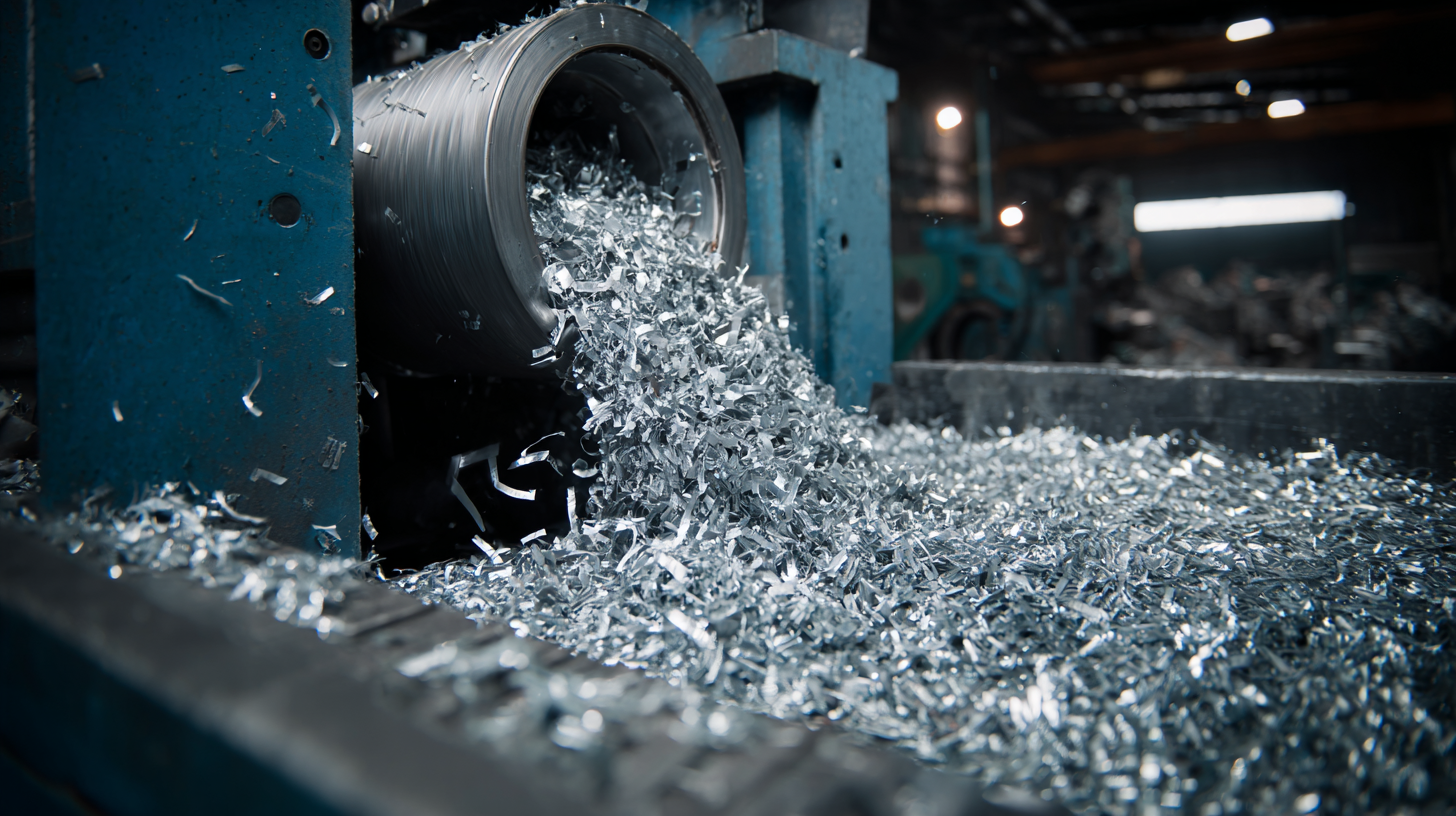
When selecting an aluminium alloy shredder for your business, it's essential to consider several key features that will enhance efficiency and productivity. First, look for a shredder with a robust motor and high torque settings. This capability ensures that the machine can handle varying thicknesses of aluminium alloy without stalling, providing reliable performance even under heavy loads. Additionally, consider the shredder's cutting mechanisms; a machine with replaceable blades made from durable materials can significantly extend the equipment's lifespan and reduce operational costs over time.
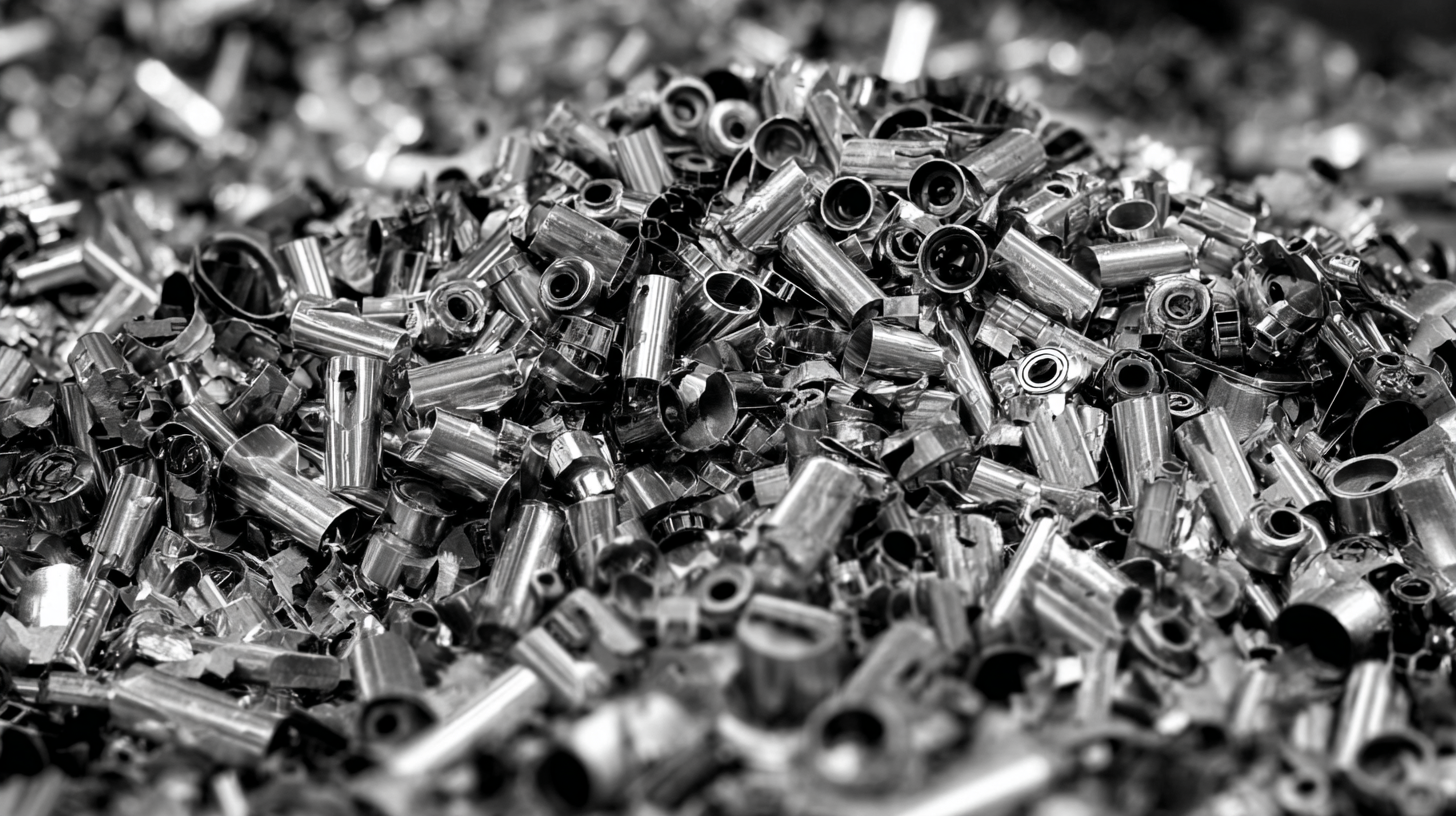
Another important feature is the shredder's size and throughput capacity. Depending on your business's volume, you may require a machine designed for continuous operation, capable of shredding large quantities of material quickly. Furthermore, features such as adjustable shredding sizes and integrated sorting systems can add value by allowing for more versatile operations and the ability to process different types of aluminium alloys efficiently. These considerations will help you choose a shredder that meets your specific business needs while optimizing overall efficiency.
When evaluating shredder performance and efficiency ratings for aluminium alloys, it's essential to consider several key factors that impact operational effectiveness. First, the shredder's motor power and torque are crucial in determining how well it can handle various types of aluminium. Higher horsepower generally results in better shredding capabilities, allowing the machine to process more material in a shorter period. Additionally, examining the shredder's cutting technology—such as the type of blades used—can significantly influence its performance, with multi-functional blades often providing superior results in handling different alloy compositions.
Another critical metric to assess is the throughput capacity, which measures how much material can be shredded per hour. A shredder with a high throughput capacity can ensure that your business meets production demands without delays. Alongside this, checking for energy efficiency ratings is vital, as this directly impacts operational costs. Choosing a shredder that balances performance with energy consumption can lead to substantial savings over time. Ultimately, when evaluating these factors, it is essential to align the shredder's capabilities with your specific business needs to ensure optimal productivity and cost-effectiveness.
When planning to purchase an aluminium alloy shredder, cost considerations are crucial to ensure that you make a financially sound decision. Begin with establishing a clear budget that encompasses not only the initial purchase price but also ongoing operational expenses. Factors such as electricity consumption, maintenance needs, and potential repair costs should all be factored into your budget. Additionally, consider the frequency and volume of shredding your business requires, as this will impact the overall cost-effectiveness of different shredder options.
Another vital aspect of budgeting is to evaluate the total cost of ownership versus the initial investment. While it may be tempting to choose a cheaper model, this can lead to higher expenses in the long run due to increased maintenance and lower efficiency. Conversely, investing in a high-quality shredder upfront might yield better performance and longevity, ultimately saving money over time. By thoroughly assessing these cost variables, you can select an aluminium alloy shredder that aligns with your business needs without compromising your financial health.
